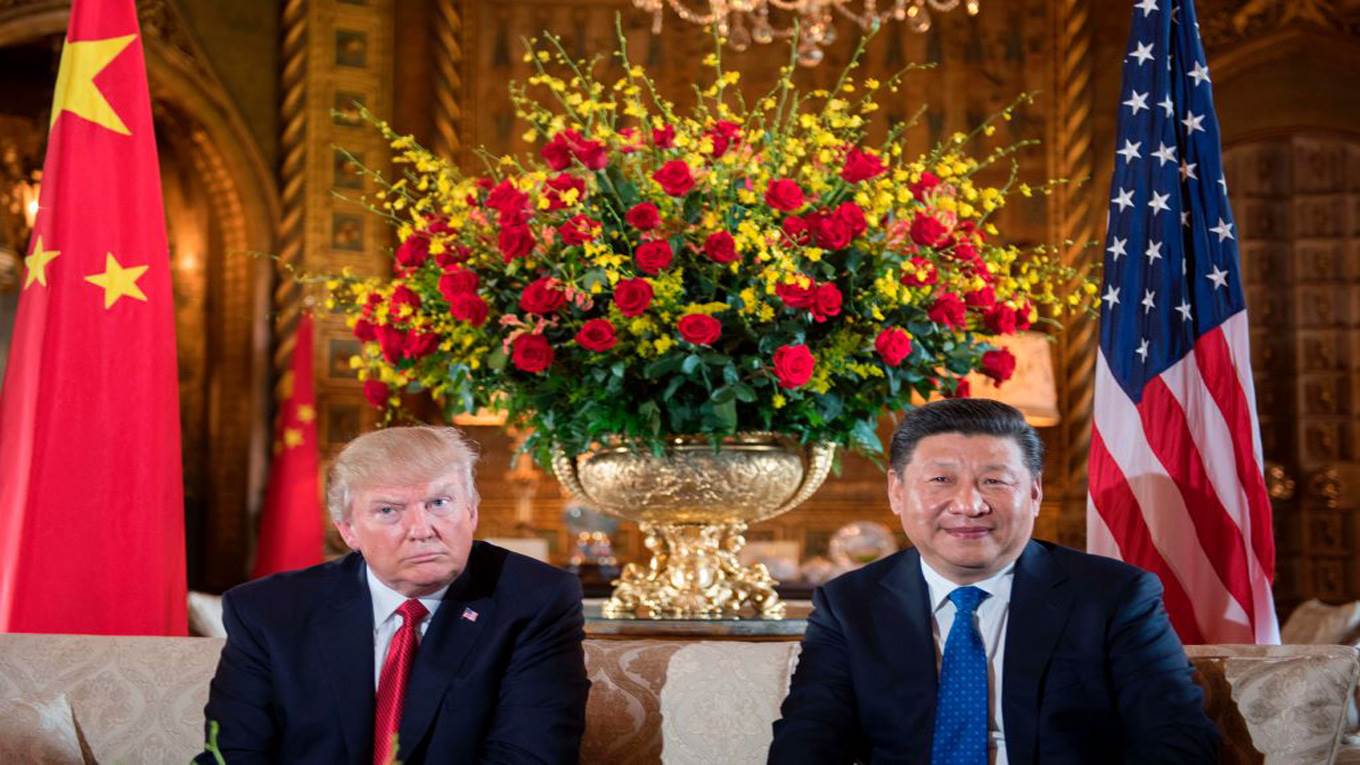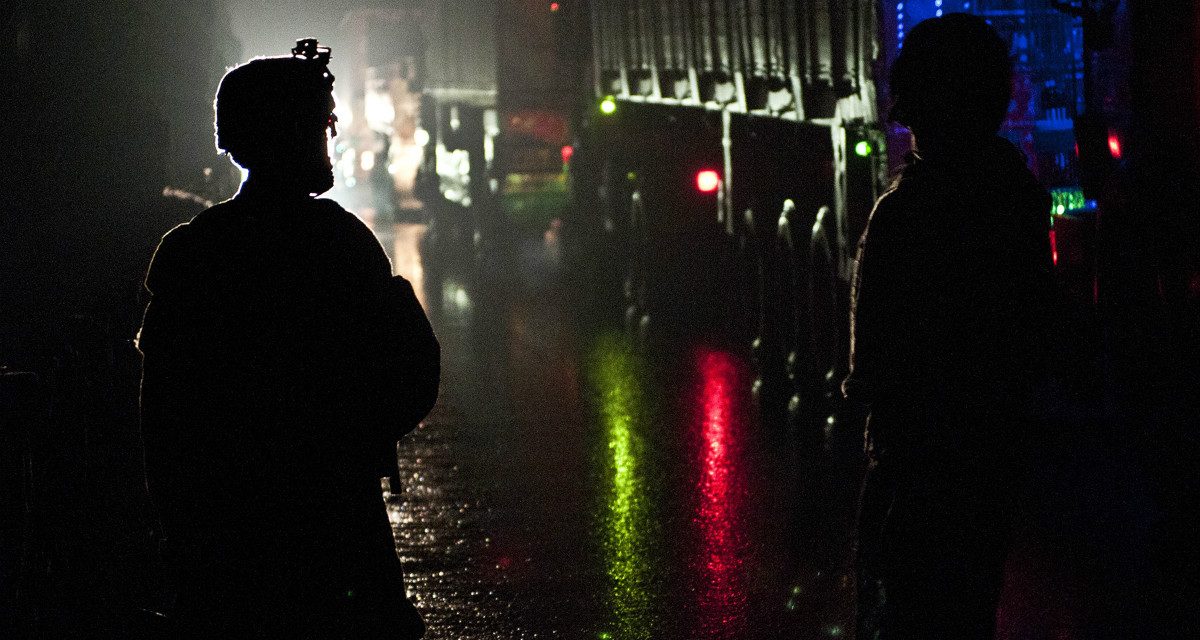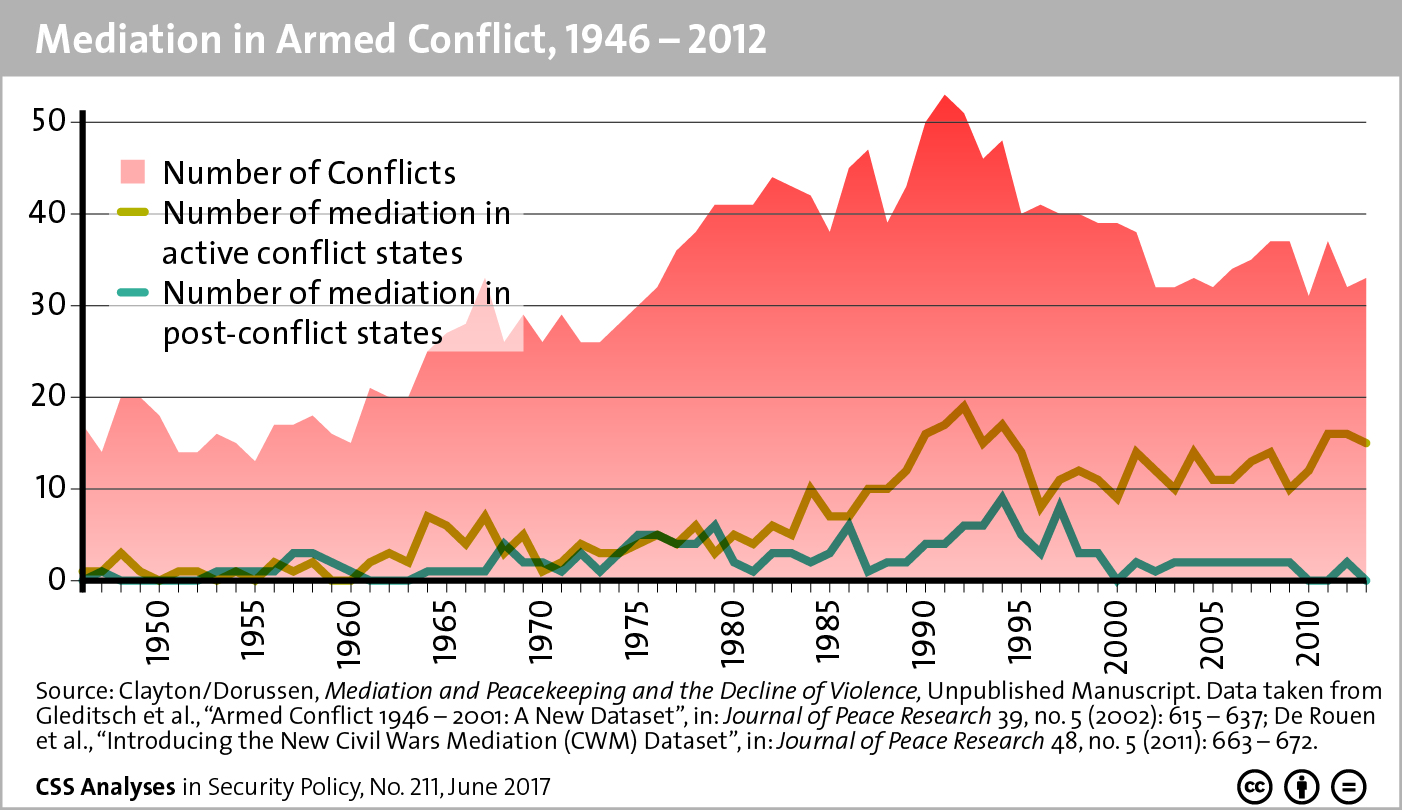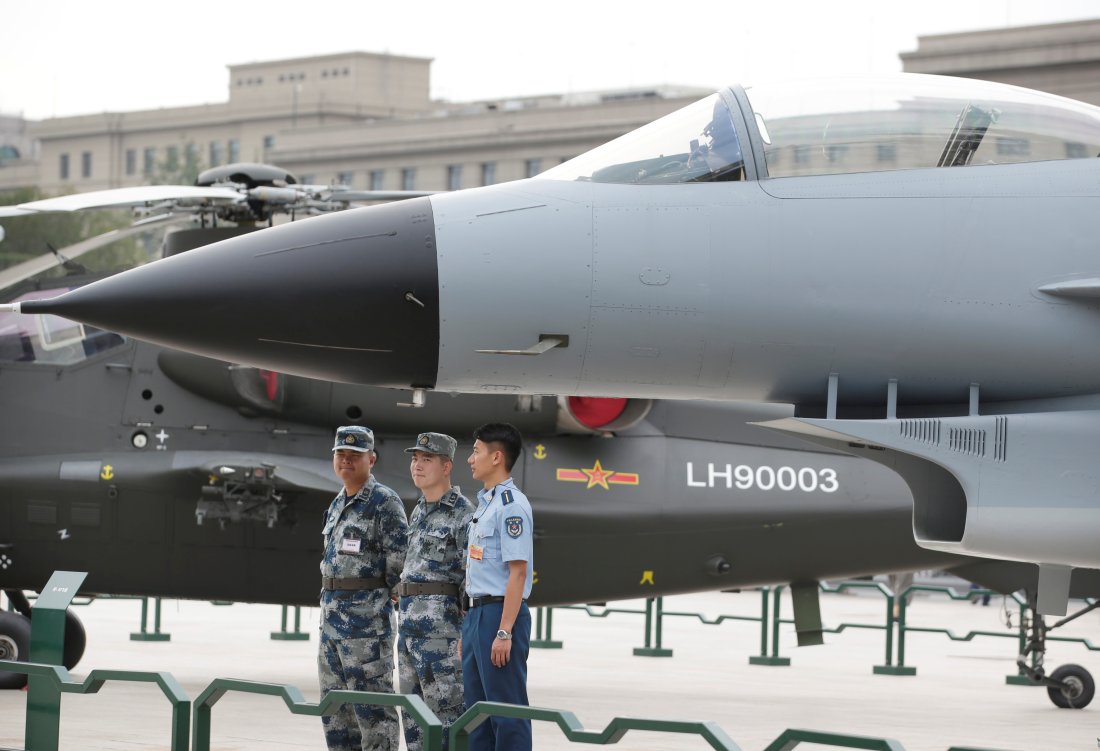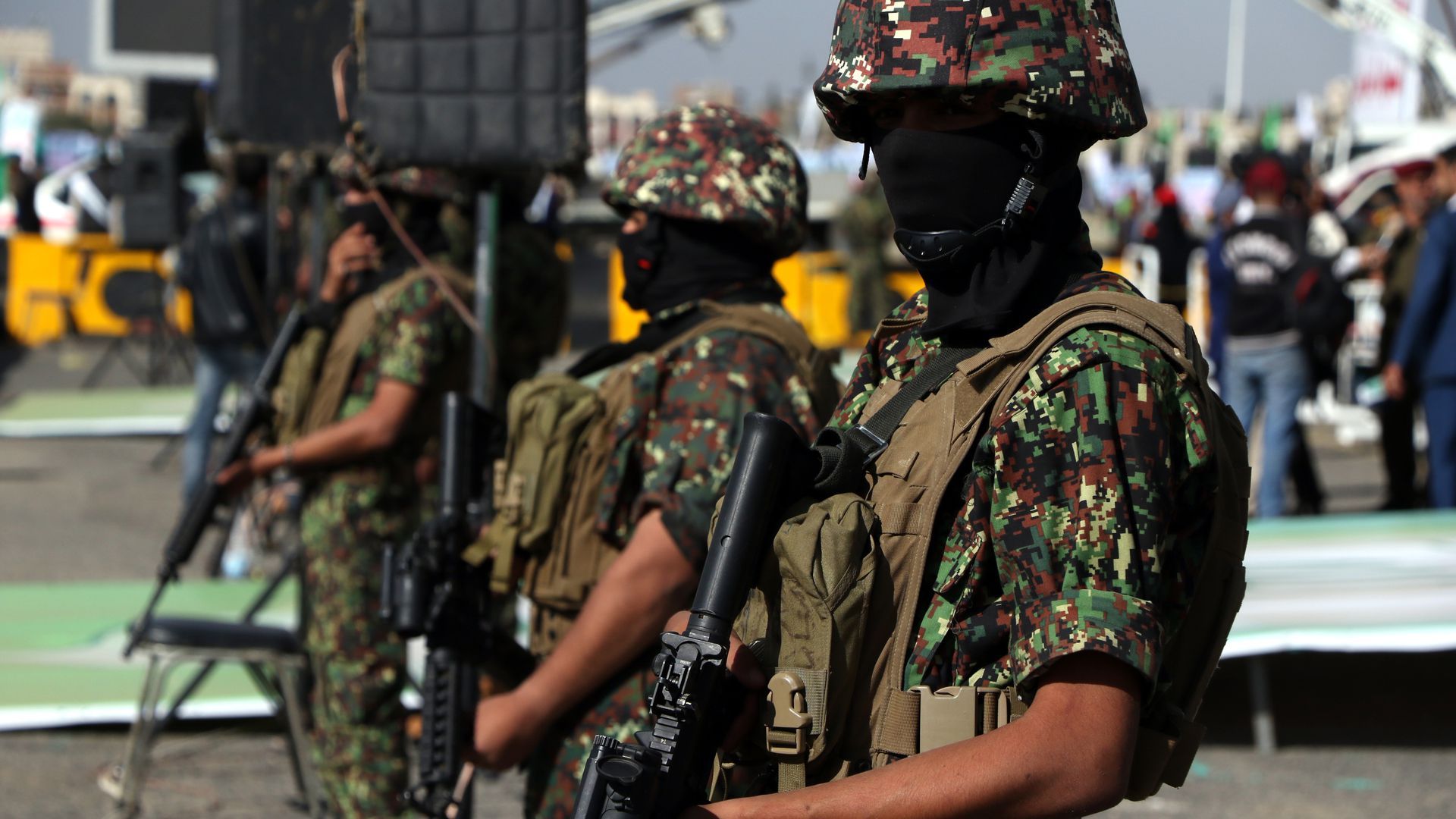Stephen B. Young
Perhaps Clausewitz has misdirected our attention away from what is war in all but name.
He defined war as “a continuation of politics by other means” linking war with political objectives. But what if kinetic violence to break the will of an enemy is systematically organized but has no conventional political objective? Would it still be war? Its objectives might well be to control people and territory; to provide unquestioned order for a community; to regulate behaviors.
Consider the case of Mexico. From 2007 to 2014, 164,000 Mexicans died violently, more than the 103,000 civilians killed in Iraq and Afghanistan during those years. In 2016 Mexico surpassed Iraq and Afghanistan to become, after Syria, the world’s second deadliest war zone, according to the Annual Armed Conflict Survey of the International Institute for Strategic Studies.
